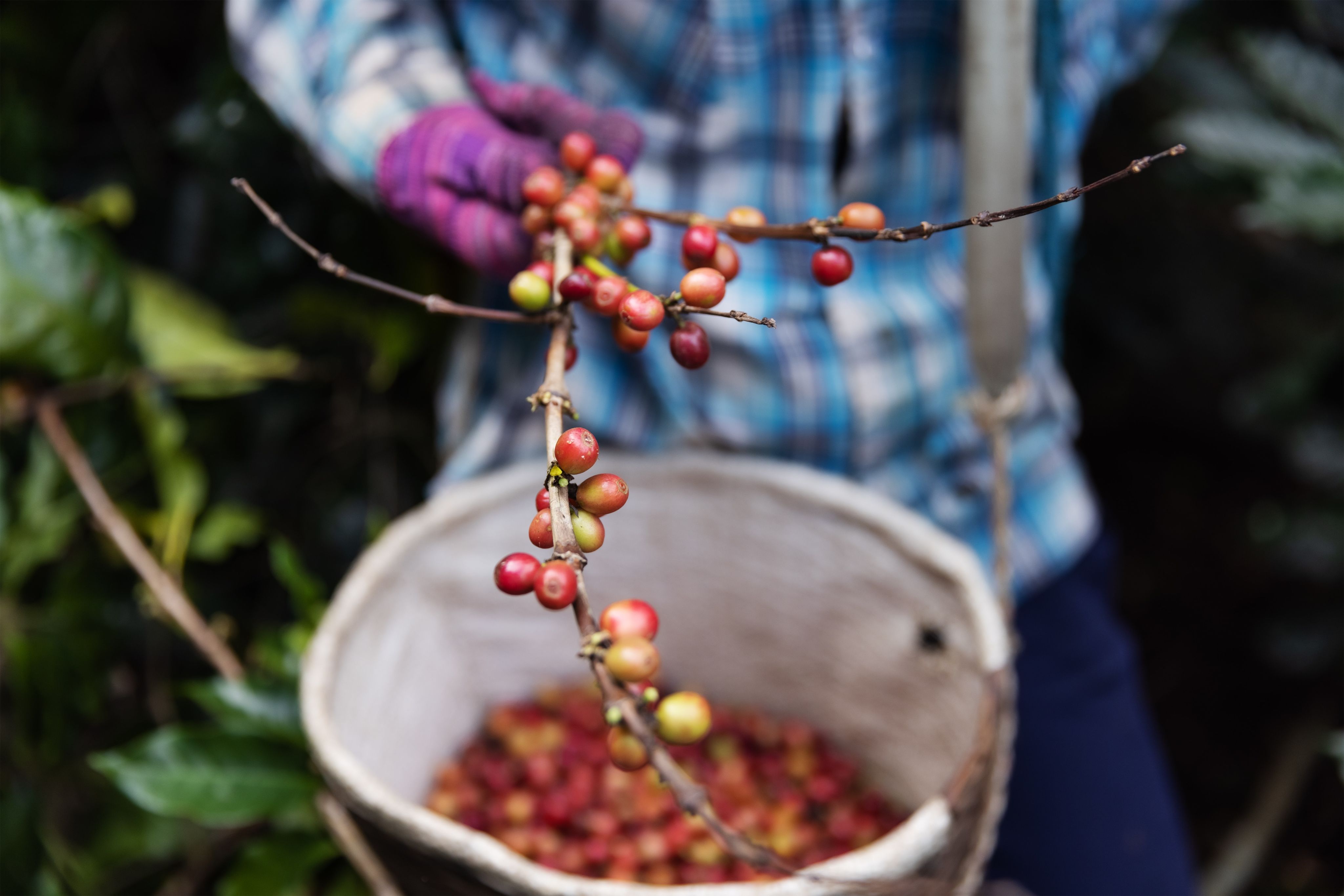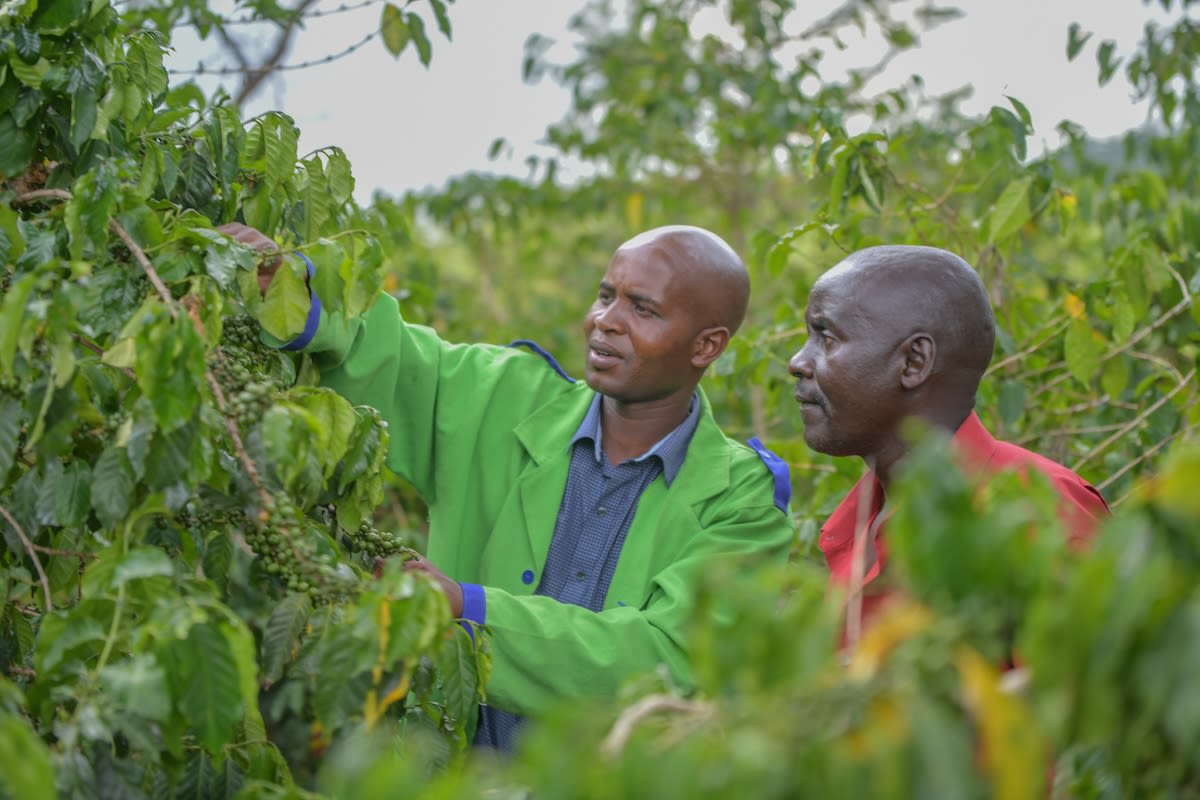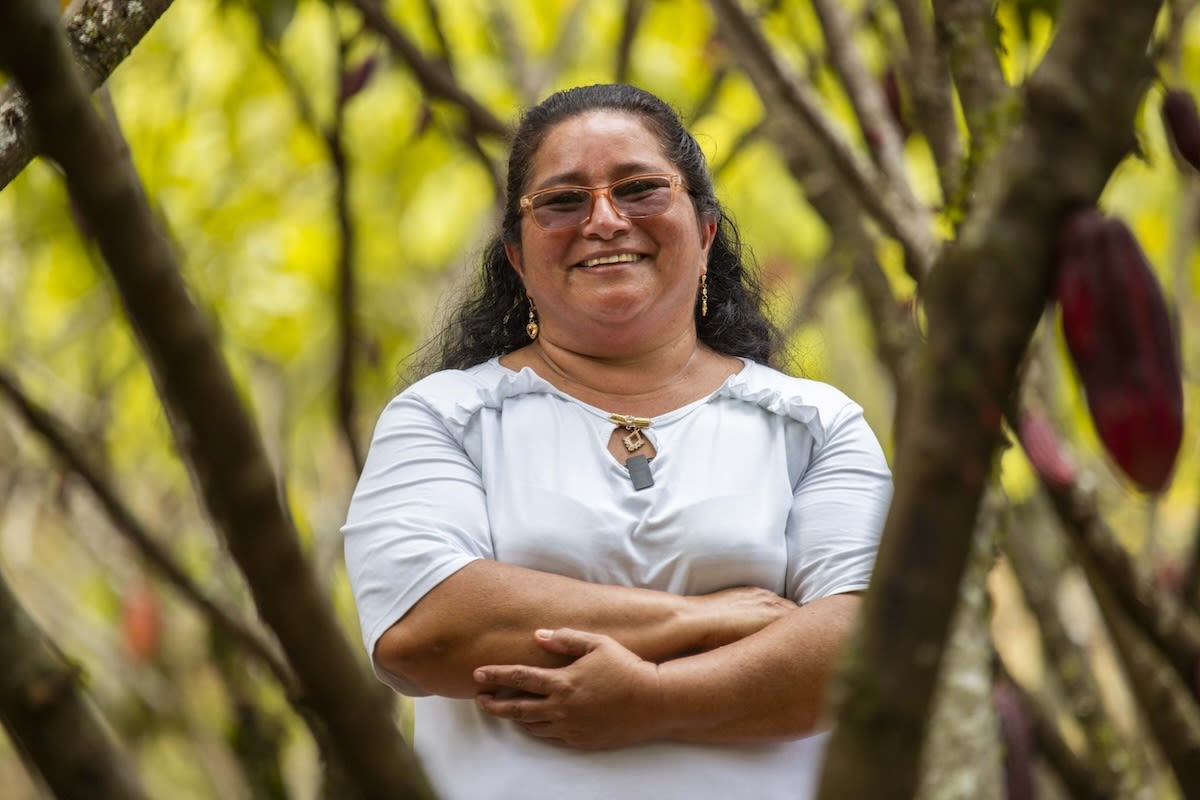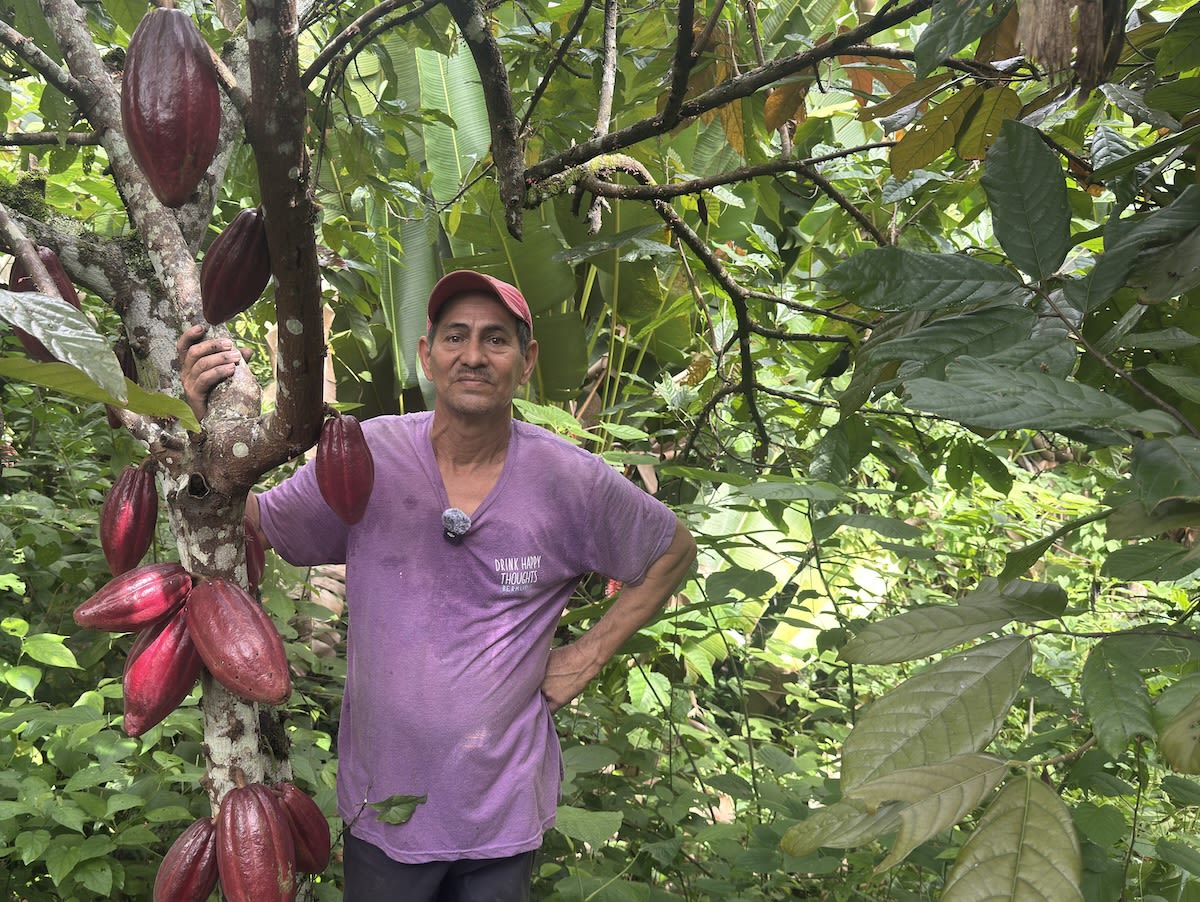SMALL FARMER ATLAS
COTTON
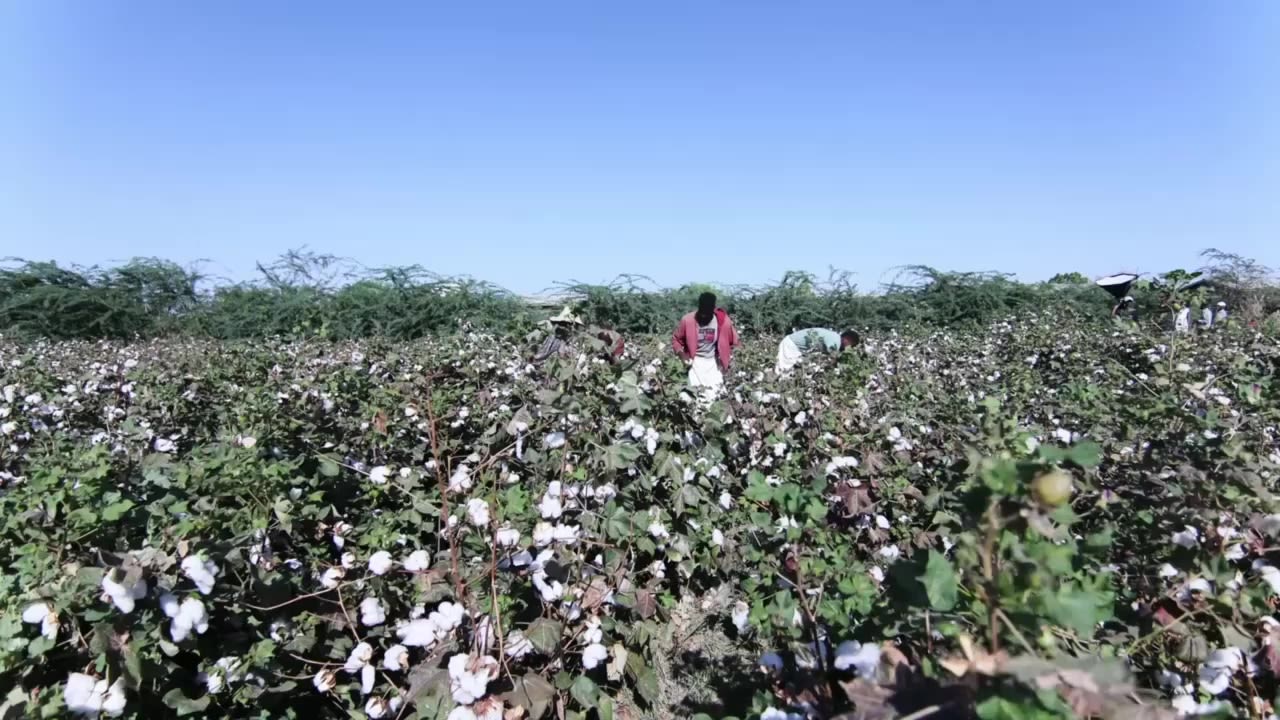
Cotton is a small-scale farmers’ affair. An estimated 24 to 32 million farmers grow cotton on tiny landholdings, producing up to 75% of global production. The vast majority of small-scale farmers in the countries included in this report – China, Ethiopia and India – grow cotton on less than 2 hectares. (Note: The research sample for China is from the Gansu province only.)
The Small Farmer Atlas explores the perceptions of small-scale farmers on a wide range of sustainability topics centered on three themes: prosperity, inclusivity and balance with nature. Small-scale cotton farmers from China, Ethiopia and India are included in this report.
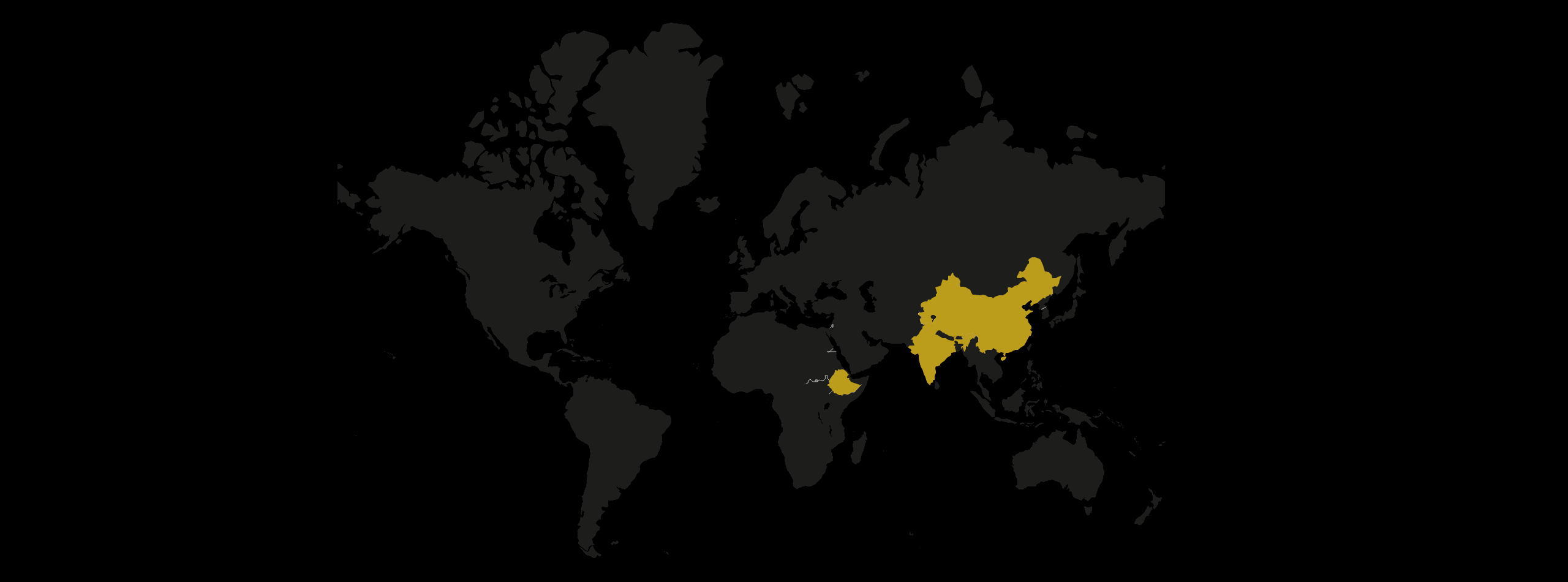
SMALL FARMER ATLAS
PERCEPTIONS on cotton

While crucial for the livelihoods of millions farming families across the world, cotton farming practices are often damaging to the environment. It is projected that almost every cotton producing region will be negatively impacted by climate change; small-scale farmers indicate that it’s already a struggle to adapt fast enough to maintain reliable production. Though the positive overall score points to higher satisfaction, most farmers have a negative perception on their ability to adapt to a changing climate.
PROSPERITY
High prices for cotton on the global market may explain why farmers consulted have a fairly positive perception linked to prosperity. Droughts in key producing regions along with the recovery in global consumption in 2021 were key to this increase. However higher input costs and supply chains will eat into farmers’ profits.
INCLUSIVITY
In the three countries covered, cotton is a crucial component of the national economy, hence the government in each country tries to stimulate local production by creating a favorable supportive infrastructure. This is reflected in the positive perception on inclusivity among cotton farmers.
NATURE
Though cotton has a moderate level of drought resistance, climate models reveal that by 2040 water scarcity and erratic rainfall will increase the impact of drought in half of global production regions. Results of the survey demonstrate that farmers are already experiencing this new reality.
SMALL FARMER ATLAS
SUPPLY CHAIN
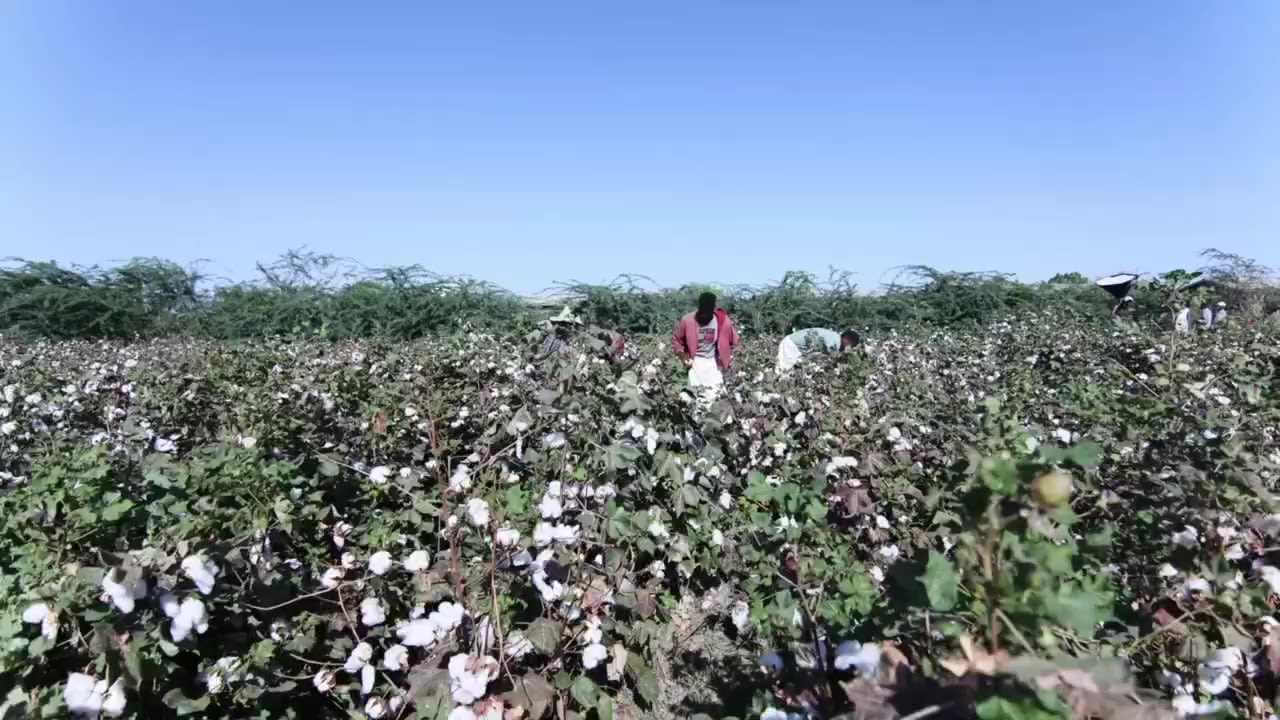
The main producing countries of India, China, the US, Brazil, and Pakistan produce more than three-quarters of the annual global production of about 26 million metric tonnes. Cotton consumption refers to the use of cotton fibres by mills to produce yarn, which typically takes place in producing countries with a garment industry. China’s textile industry dominates the market, followed by India, Pakistan, Vietnam, and Bangladesh.
Although the adoption of “more sustainable” cotton certifications has risen over the last decade, many companies continue to lag behind even in meeting basic sustainability standards. While sourcing decisions remain vital to promoting sustainability in the industry, relying solely on voluntary standards is not a viable solution to address the challenges of cotton sustainability.
SMALL FARMER ATLAS
3 QUESTIONS

Cotton production is heavily subsidized in China where a Minimum Support Price protects farmer income. Access to inputs, credit, training and other services are also heavily subsidized. Water is a principal concern for many farmers
Most farmers in Ethiopia are organized in cooperatives and unions, or under contract with large farms or ginneries, however government support is mainly directed to large farms. This may explain the slightly negative perception on inclusivity topics.
Bolstered by a favorable market, farmers in India are largely positive on prosperity indicators, yet increasingly worried about climate issues. Climate change is expected to impact one third of India’s production regions and farmers surveyed indicate challenges with access to water.
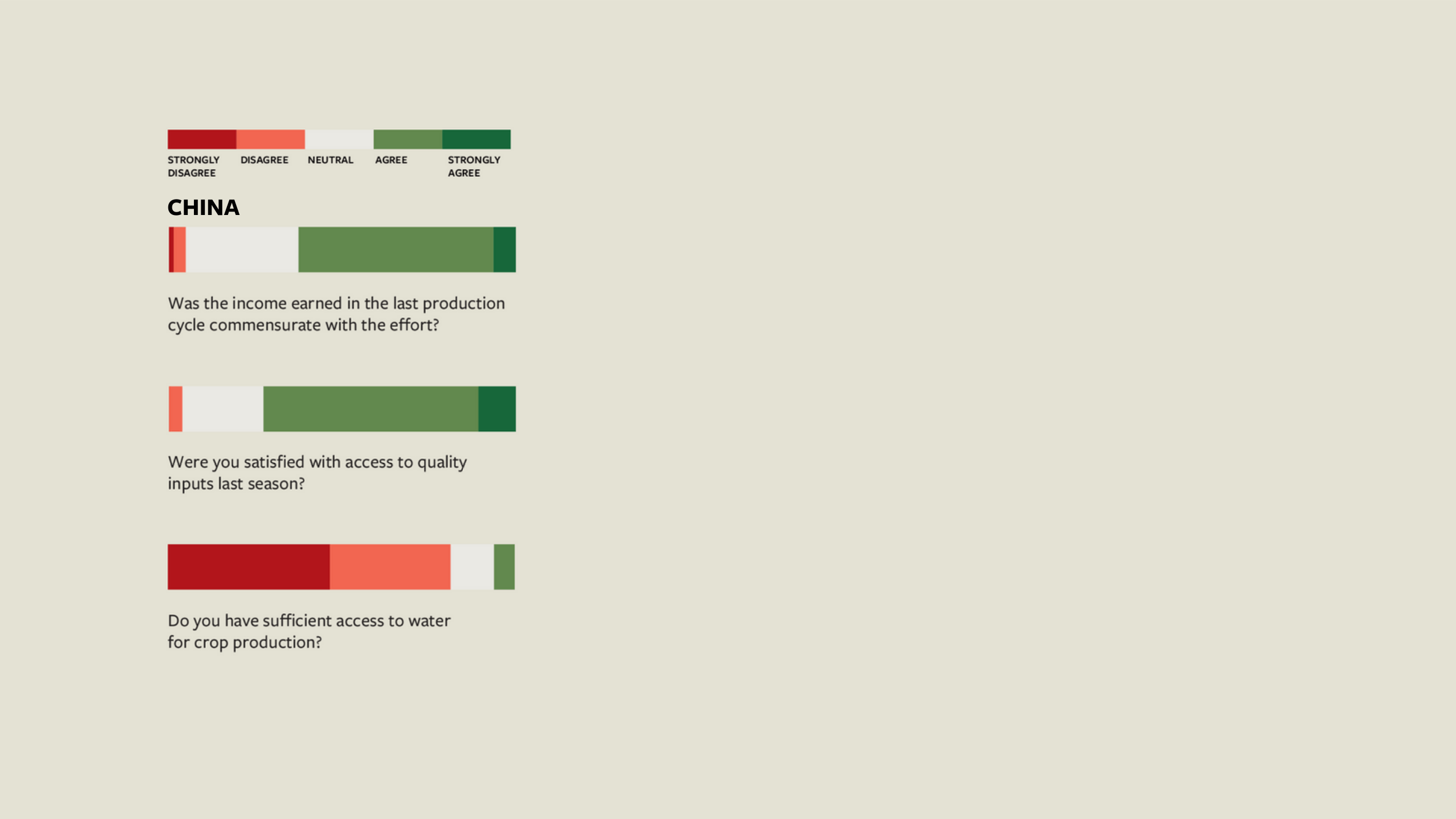
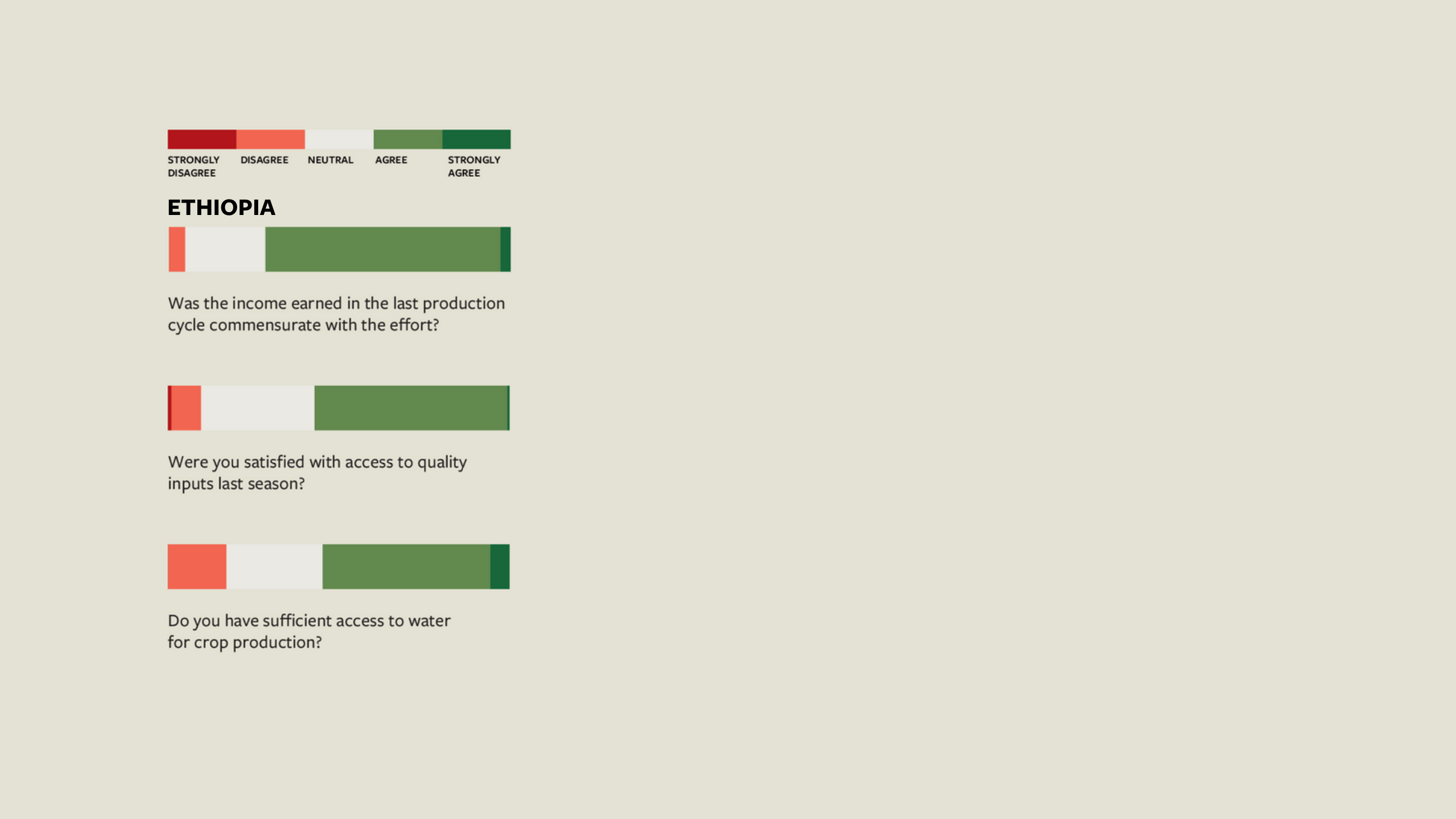
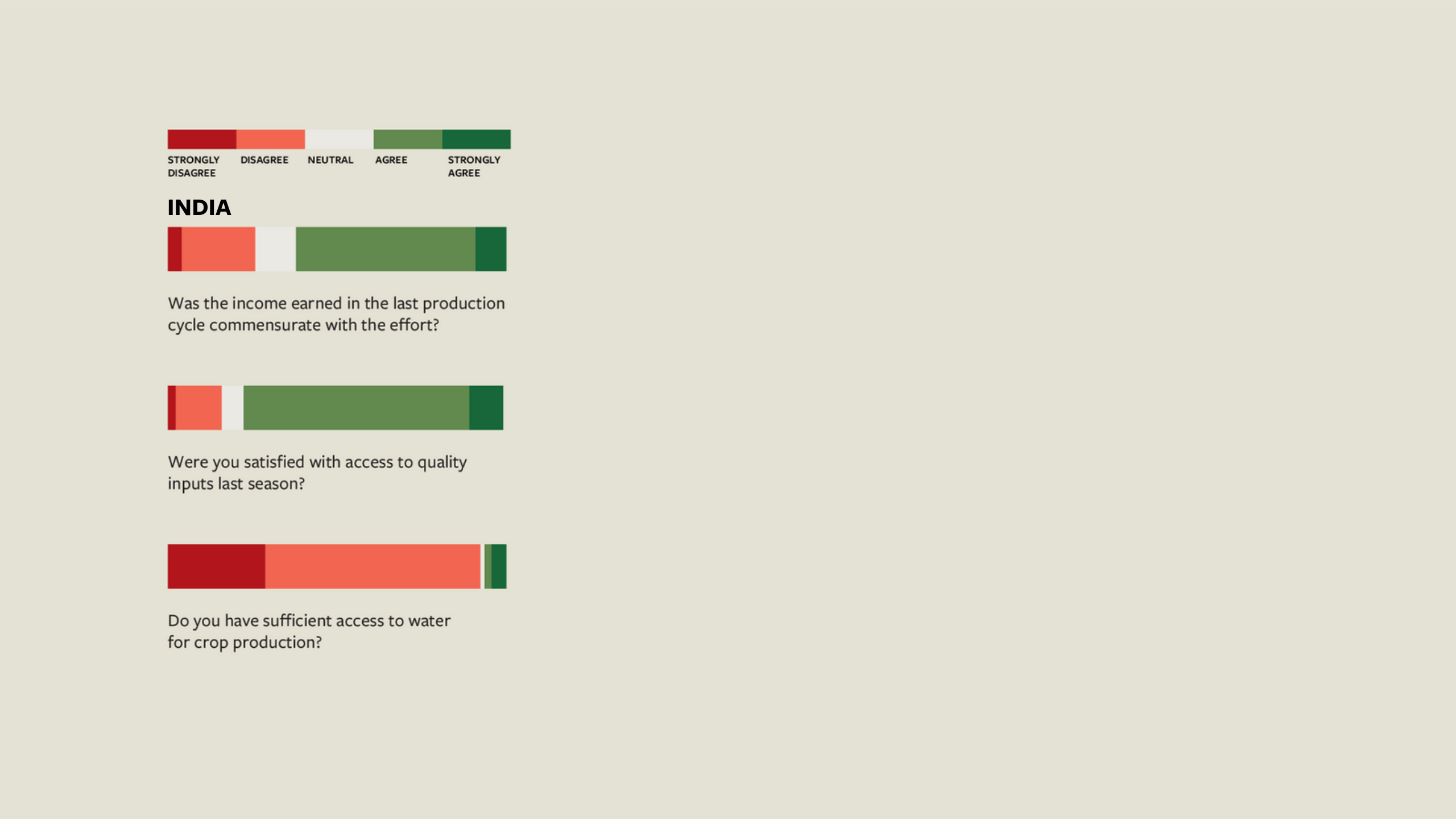
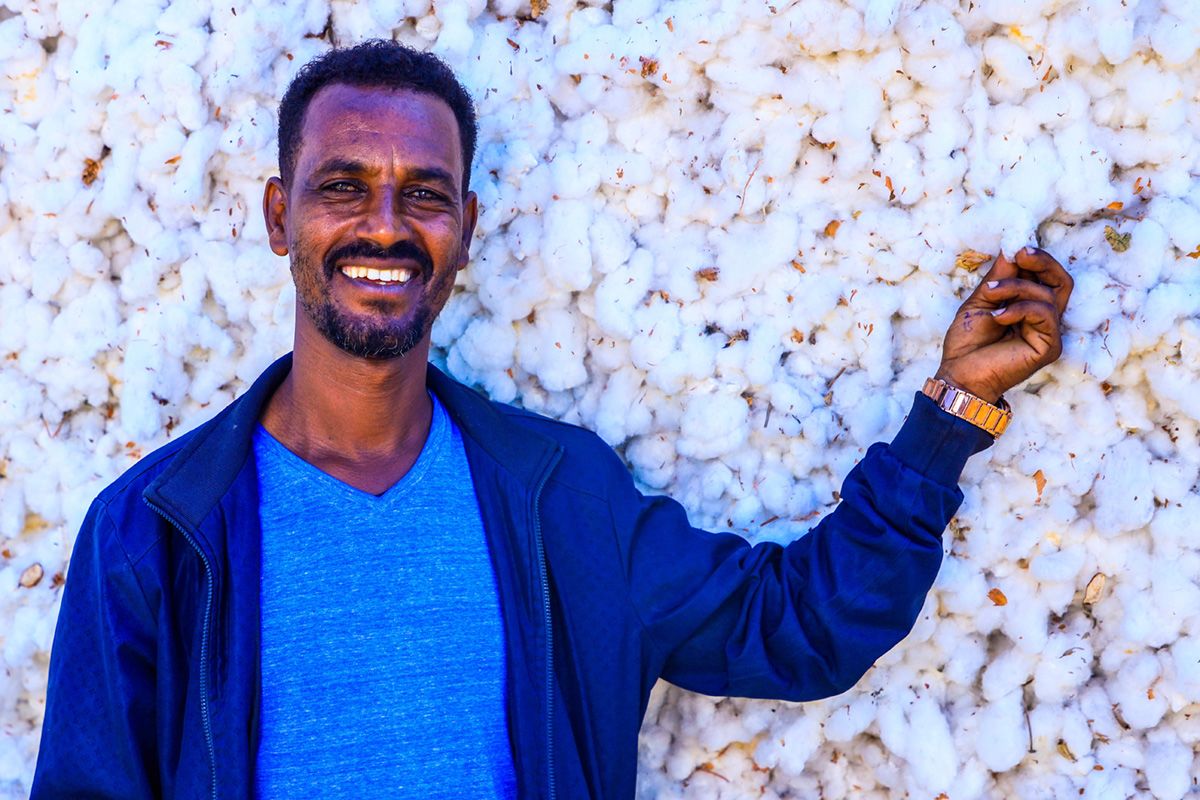
MEET SMALL-SCALE FARMERS
A JOURNEY IN SUSTAINABLE AGRICULTURE
In April 2020, Philemon Cheruiyot, a youth leader from Sorwot Farmers Cooperative Society in Kericho County, embarked on a journey that would redefine his career and impact his community.
UPHOLDING A VISION FOR RURAL WOMEN IN COLOMBIA
When climate change threatened María Isabel's cocoa farm, she found the solution in agroforestry. Achieving climate resilience shows how tradition and sustainability can power rural development.
BRINGING LIFE TO THE SOIL, REVITALIZING THE COMMUNITY
On land in Nicaragua, where the soil seemed to have surrendered to degradation, Don Toñito refused to give up. What began as a farmer’s struggle to revive a section of his cocoa plantation grew into a powerful community movement.

Join the discussion
Looking for further insights and ideas or just want to share with others? Join the Small Farmer Atlas LinkedIn Group.
Download the PDF
The full Small Farmer Atlas goes into detail on that current state of sustainability from farmers' perspective.
Explore the data
This website represents a small portion of the data collected. Sign up to access the Data Portal and learn more.
